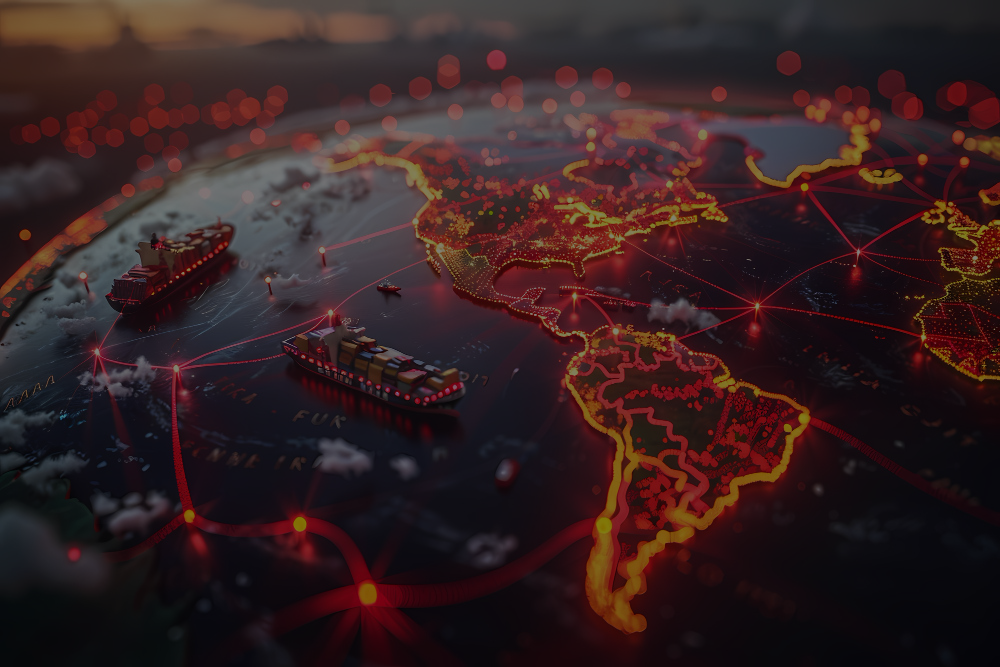In 2025, the world is once again feeling the ripple effects of a trade war started in Washington. With Donald Trump back in the White House, one of his first major moves was reigniting a tariff war — this time even more aggressively than during his first term. And while it may sound like a geopolitical chess match between powerful nations, the truth is much simpler: everyday people around the world are now paying more for the things they use daily.
From smartphones and electronics to groceries and cars, prices are going up. But how exactly did we get here? And why is this trade dispute, happening thousands of miles away for many of us, affecting wallets across the globe?
A Quick Recap: What Are Tariffs?
Tariffs are essentially taxes that a country puts on goods coming from other countries. When the U.S. raises tariffs on Chinese goods, for example, it means that imported products from China become more expensive for American companies. In theory, this encourages businesses to buy “Made in America” instead.
But here’s the catch: companies often pass these extra costs directly to consumers. So instead of encouraging local production, what usually happens is that the price tag on the shelf gets higher — whether you’re shopping in New York, Toronto, São Paulo, or Berlin.
Trump’s 2025 Strategy: Even Broader and Bolder
Unlike in 2018–2020, when Trump’s tariffs mainly targeted China, the 2025 version casts a wider net. New tariffs have been slapped on products from India, Vietnam, Mexico, and even some European countries. The justification? Protecting American jobs and countering what Trump calls “foreign manipulation of markets.”
The list of targeted products includes semiconductors, steel, aluminum, electric vehicles, pharmaceuticals, and even some agricultural imports. In return, affected countries are retaliating with their own tariffs on American goods — and just like that, we’re in a full-blown global tariff war.
Why the Whole World Pays the Price
So how does this U.S. policy decision affect someone buying a refrigerator in Germany or a box of cereal in Brazil?
The global supply chain is deeply interconnected. A smartphone assembled in Vietnam might use chips made in Taiwan, software developed in the U.S., and components sourced from dozens of other countries. When tariffs hit any part of that chain, the cost goes up for everyone involved.
To make things worse, many multinational companies operate on tight margins. They can’t just “eat the cost” of tariffs. So, whether you’re buying a laptop in Canada or a car in France, there’s a good chance the price has quietly crept up because of a political decision you had no say in.
Who Loses the Most?
Small businesses and lower-income families are often hit the hardest. They don’t have the luxury of buying in bulk or switching to alternative suppliers. For them, a 10% increase in the price of food, gas, or school supplies isn’t just an inconvenience — it can mean real hardship.
Ironically, even many of the American farmers and manufacturers the tariffs were meant to help are now struggling. Countries that used to buy from them are turning elsewhere, finding new partners in countries not involved in the trade war.
What’s Next?
Economists are divided. Some believe the tariff pressure may force new trade negotiations that could eventually stabilize prices and bring supply chains closer to home. Others warn that this approach is short-sighted and risks long-term damage to global trade relations.
And what about you? What do you think? This is good or bad for the economic ecosystem?

